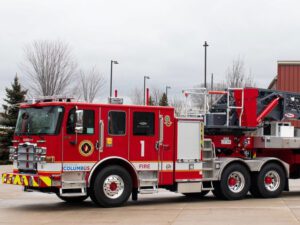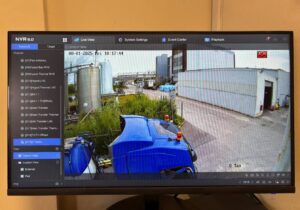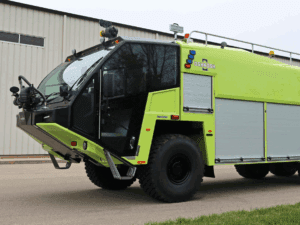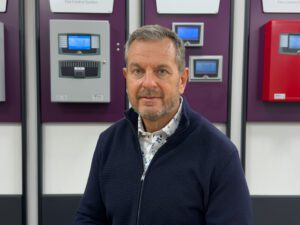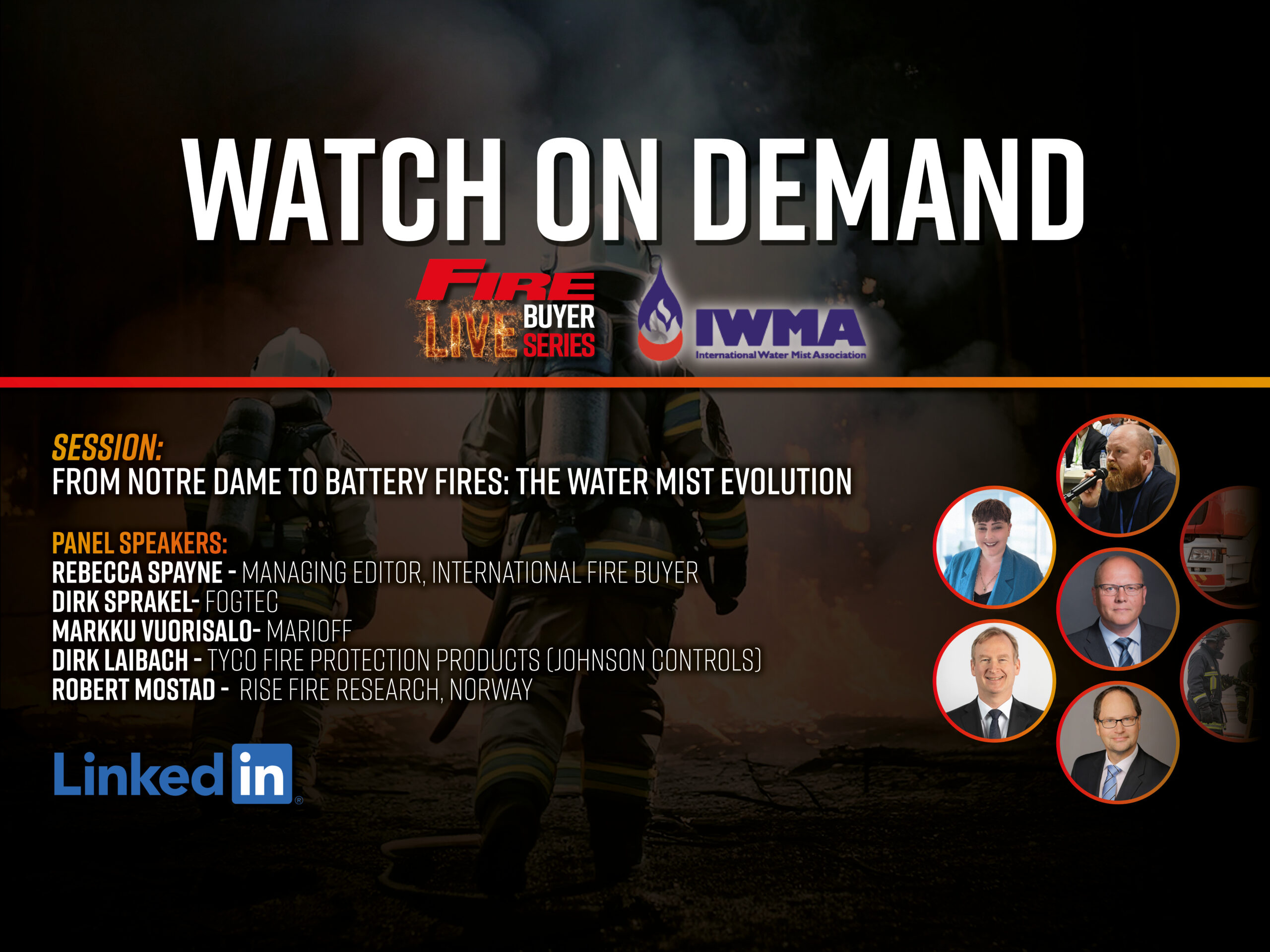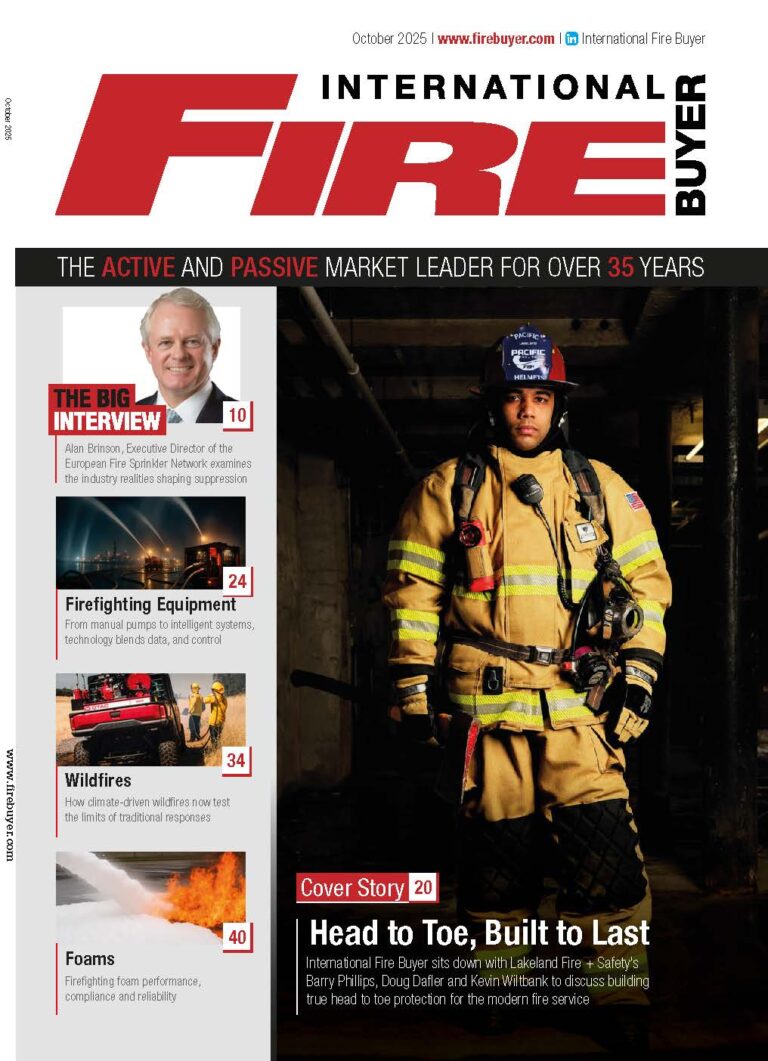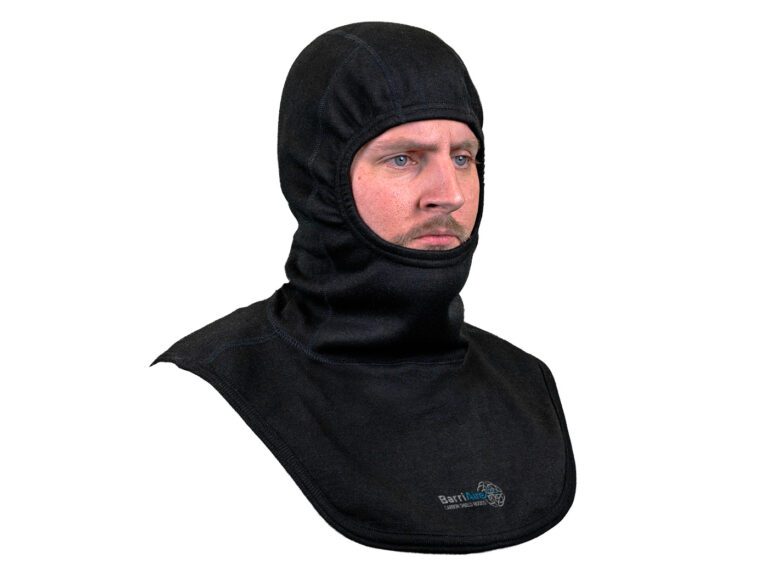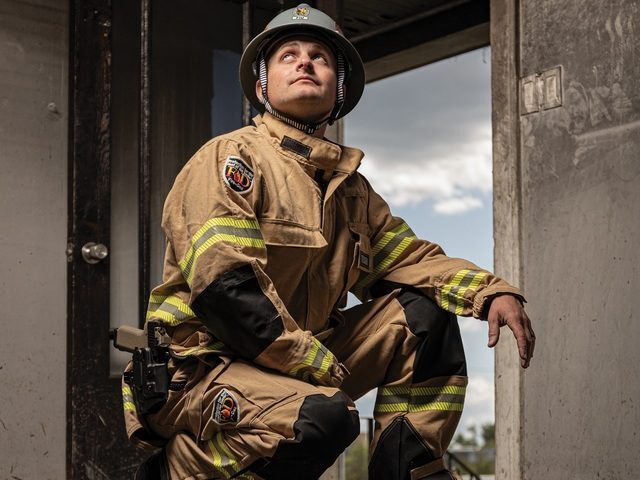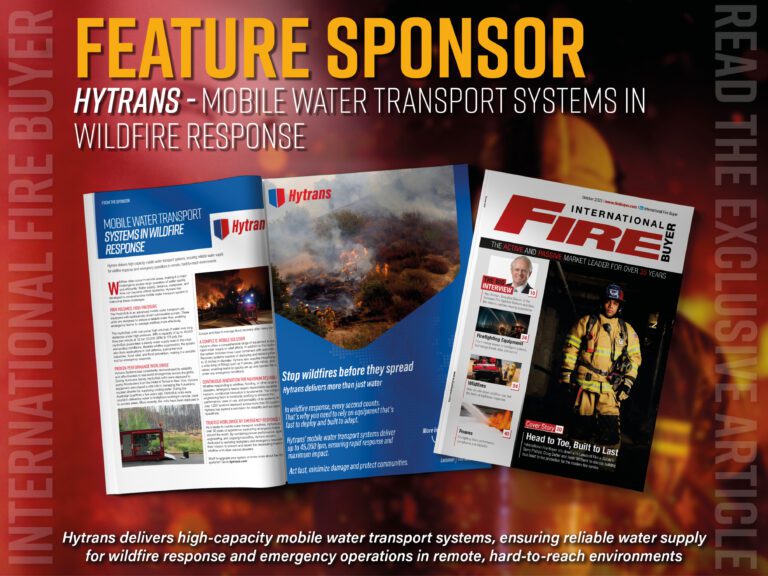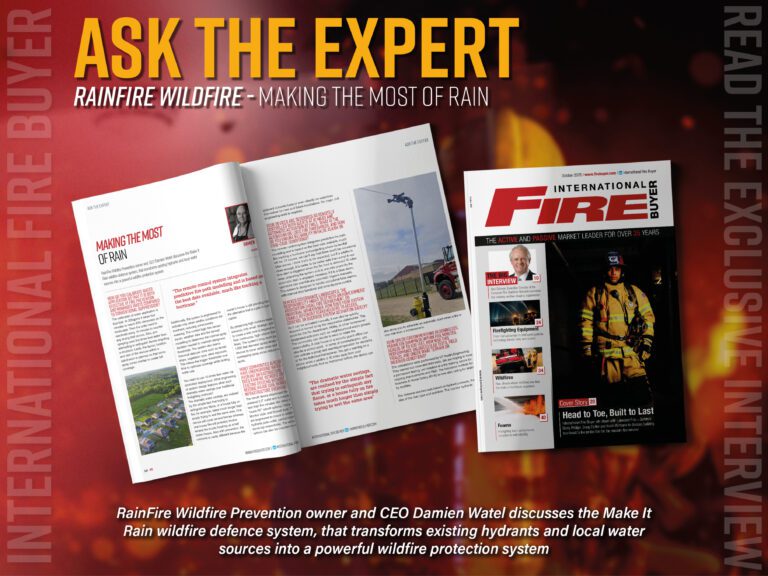Firefighters face serious risks every day—not only while battling fires, but also through the gear they wear and handle after each call-out.
One of the greatest and least visible dangers is the heightened exposure to cancer linked to firefighters’ equipment and working environments.
Recently, Norway took a major step to protect its firefighters by recognising certain cancers as occupational diseases. This decision marks an important change for those who suffer these life-threatening illnesses as a result of their profession.
The fight against cancer in the fire service
Research shows that firefighters run a higher risk of developing cancer—especially urinary tract cancer and mesothelioma. These illnesses are directly related to the toxic substances firefighters encounter during firefighting operations. Firefighters therefore battle not only flames but also the long-term health consequences that follow their work. Norway’s new legislation means that specific cancers are now accepted as occupational diseases for firefighters, giving them entitlement to compensation without having to prove the link between their job and the illness.
The right equipment can make a difference
To reduce risks and prevent further harm, it is essential that fire stations are equipped with the right tools for handling contaminated laundry and personal protective equipment (PPE). Turnout gear and other items used during operations often come into contact with hazardous chemicals and toxins that can remain in textiles after a fire. If not dealt with properly, these toxins can contribute to illnesses such as cancer.
A complete and gentle drying system
PODAB offers a combination of products that together form a complete and gentle drying system for fire stations: the ProLine FC20 and ProLine TS63 E drying cabinets.
FC20 is purpose-built to dry large volumes of PPE quickly and gently. It can dry up to six full sets of turnout gear at once, using specially designed hangers that direct warm air straight into the textiles. Developed together with the firefighter organisation Friskabrandmän, FC20 fits routines that minimise exposure to hazardous substances. It dries without mechanical action, preserving the garments’ protective properties and impregnation. An integrated reactivation phase restores existing impregnation after washing and cures new impregnation for long-lasting protection.
TS63 E perfectly complements FC20 by caring for additional accessories. The cabinet can be fitted with a swinging rail system, a single bar for standard hangers, or ventilated shelves. This makes it possible to dry masks, helmets, stationwear, SCBA (self-contained breathing apparatus) and other accessories safely and gently. With TS63 E, the entire set of a firefighter’s gear—including accessories—can be handled efficiently without compromising protection or functionality.
Gentle drying for longer lifespan
Both FC20 and TS63 E are designed to extend the service life of PPE and SCBA through gentle, efficient drying. By avoiding mechanical action and instead using directed, ventilated warm air, the materials’ protective qualities are preserved, improving safety while reducing costly replacements.
Why the right equipment matters
Having the proper equipment to deal with contaminated laundry at fire stations is a crucial measure for protecting firefighters from long-term health problems. By equipping stations with effective solutions such as PODAB’s FC20 and TS63 E, we can minimise exposure to hazardous substances and thereby lower the risk of serious diseases like cancer.
Recognising cancer as an occupational disease for firefighters is a step in the right direction, but the working environment at fire stations must also be improved through the right technical solutions and safety routines.




